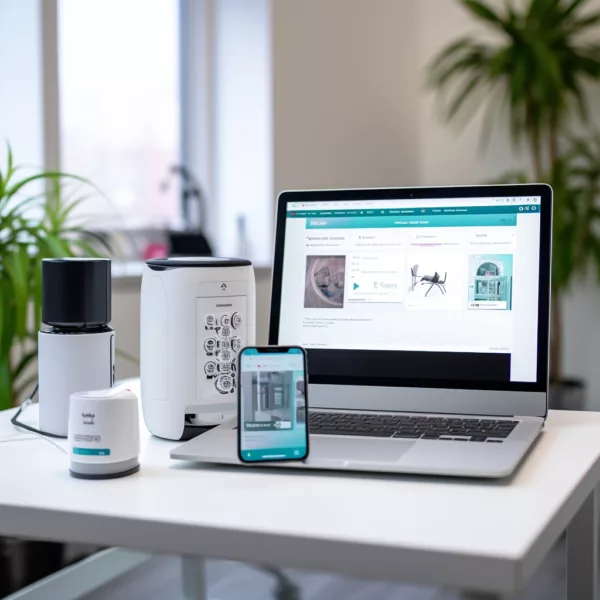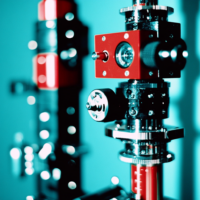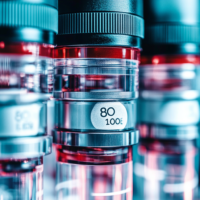Stem Cell Res Ther. 2025 Jun 7;16(1):295. doi: 10.1186/s13287-025-04414-2.
ABSTRACT
BACKGROUND: Genome editing in human iPS cells is a powerful approach in regenerative medicine. CRISPR-Cas9 is the most common genome editing tool, but it often induces byproduct insertions and deletions in addition to the desired edits. Therefore, genome editing of iPS cells produces diverse genotypes. Existing assays mostly analyze genome editing results in cell populations, but not in single cells. However, systematic profiling of genome editing outcomes in single iPS cells was lacking. Due to the high mortality of human iPS cells as isolated single cells, it has been difficult to analyze genome-edited iPS cell clones in a high-throughput manner.
METHODS: In this study, we developed a method for high-throughput iPS cell clone isolation based on the precise robotic picking of cell clumps derived from single cells grown in extracellular matrices. We first introduced point mutations into human iPS cell pools by CRISPR-Cas9. These genome-edited human iPS cells were dissociated and cultured as single cells in extracellular matrices to form cell clumps, which were then isolated using a cell-handling robot to establish genome-edited human iPS cell clones. Genome editing outcomes in these clones were analyzed by amplicon sequencing to determine the genotypes of individual iPS cell clones. We identified and distinguished the sequences of different insertions and deletions induced by CRISPR-Cas9 while determining their genotypes. We also cryopreserved the established iPS cell clones and recovered them after determining their genotypes.
RESULTS: We analyzed over 1,000 genome-edited iPS cell clones and found that homozygous editing was much more frequent than heterozygous editing. We also observed frequent homozygous induction of identical genetic manipulations, including insertions and deletions, such as 1-bp insertions and 8-bp deletions. Moreover, we successfully cryopreserved and then recovered genome-edited iPS cell clones, demonstrating that our cell-handling robot-based method is valuable in establishing genome-edited iPS cell clones.
CONCLUSIONS: This study revealed a previously unknown property of genome editing in human iPS cells that identical sequence manipulations tend to be induced in both copies of the target sequence in individual cells. Our new cloning method and findings will facilitate the application of genome editing to human iPS cells.
PMID:40483517 | DOI:10.1186/s13287-025-04414-2
from artificial intelligence https://pubmed.ncbi.nlm.nih.gov/40483517/?utm_source=Feedly&utm_medium=rss&utm_campaign=pubmed-2&utm_content=1R9m212NERpoMrZU5wkw13XyvZsbpoCLYtx2eUMdVLe8kLrcE2&fc=20250608055056&ff=20250608062848&v=2.18.0.post9+e462414
via IFTTT























